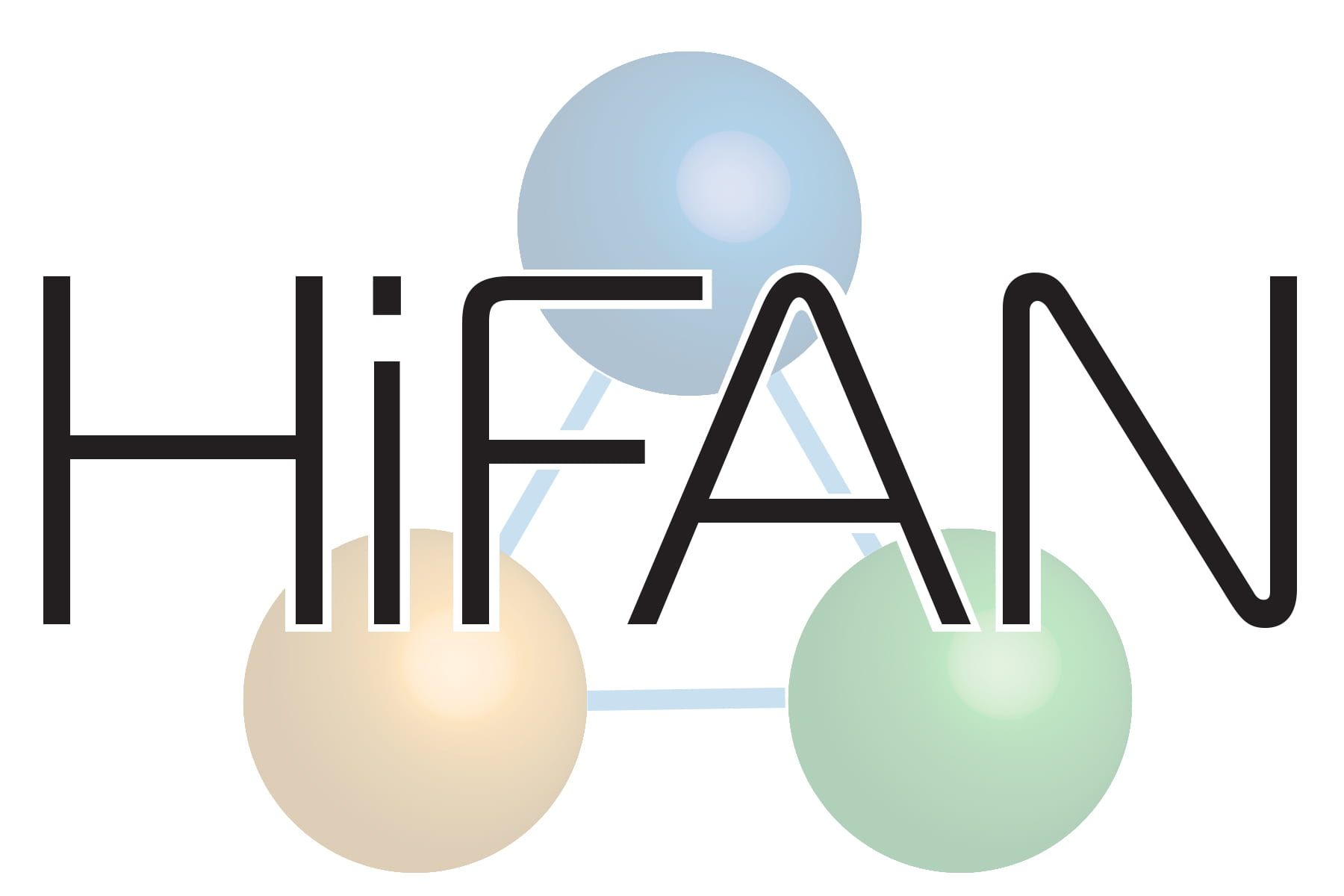A major goal of HiFAN is to develop and implement tools to advance the field of natural products. This can best be accomplished by collaboration with those that have interesting problems to solve using the different technology and approaches that we are developing. Examples of collaborations that we have participated in can be found below. If you are interested in using our technology in your own laboratory or through collaboration, please reach out to jomacmil@ucsc.edu or askhadil@ucsc.edu
Mechanistic investigation of Centella asiatica (CA) for use in enhance memory and nerve function
Collaborator: Botanicals Enhancing Neurological and Functional Resilience in Aging (BENFRA), PI Amala Soumyanath at Oregon Health Sciences University
Centella asiatica, commonly named gotu kola, is an Ayurvedic herb used to enhance memory and nerve function. Previously, BENFRA has shown that water extract of CA (CAW) is neuroprotective, attenuating hippocampal mitochondrial dysfunction and improving memory in mouse models of Alzheimer’s disease as well as healthy aging. HiFAN is contributing to this work through the use of our Functional Signature of Ontology platform as well as our use of targeted gene-expression panels of neuroinflammation. This information will help identify novel pathways that underlie CA’s neuroprotective and cognitive enhancing effects and accelarate CA’s clinical implementation.
Proposed Outcomes and Benefits to the Community:
- Use of HiFAN tools for in vivo studies
- Expansion of HiFAN tools to tissue samples
- Integration of limited gene expression data with more comprehensive gene expression profiles
- Ability to use HiFAN tools with spatial resolution
Investigation of Botanicals with Anti SARS-CoV-2 Activity: Stephania tetrandia as a case study
Collaborator: Stephen Polyak, U. Washington
Many people consume botanical natural products to promote well-being and, in the case of COVID-19, fight the virus and the inflammatory disease it causes. In collaboration with the Polyak lab, we have carried screening of botanical natural product extracts and constituents for potential antiviral and anti-inflammatory efficacy against in vitro SARS-CoV-2 infection.
Further, we been able to investigate the role of molecules with anti-viral activity against SARS-CoV-2 in the context of macrophages and host cells, taking a more holistic perspective of the effects of botanical mixtures in a diseases context. This has been investigated by the full complement of HiFAN tools, including cytological profiling and gene expression data, metabolomics and the use of NP Analyst to identify metabolites driving biological activity.
Proposed Outcomes and Benefits to the Community:
- Identification of botanicals with important anti-viral activity
- Models to look at synergistic effects between multiple compounds in an extract
- Pathways to study the multi-cellular effects of complex mixtures
Mass Spectrometry Metabolomics Annotation Collaboration
Collaborators: Leading metabolomics laboratories around the world
The landscape of data analysis tools available to researchers doing mass spectrometry metabolomics is complex and ever-changing. To identify effective approaches within this complex landscape, and to find and address existing hurdles in the field, we seek to undertake a practical exercise in mass spectrometry dataset annotation. To carry out the “Mass Spectrometry Metabolomics Annotation Collaboration” HiFAN researchers have invited experts in mass spectrometry metabolomics from around the world to analyze the same dataset, generated by HiFAN, with the goal of annotating as many analytes as possible. After all participants have had time to evaluate the datasets provided, HiFAN researchers will compare the results from each of the participating laboratories and share them with all participants.
Proposed Outcomes and Benefits to the Community:
- Annotation guidelines and recommended approaches for the analysis of a botanical natural product extract (joint publication)
- Consensus list of analytes present in a single analysis of a botanical extract (annotations linked to open access datafiles)
- Useful for future benchmarking studies and tool development
- Useful to answer the question, “How many chemical entities are there in one botanical extract?
